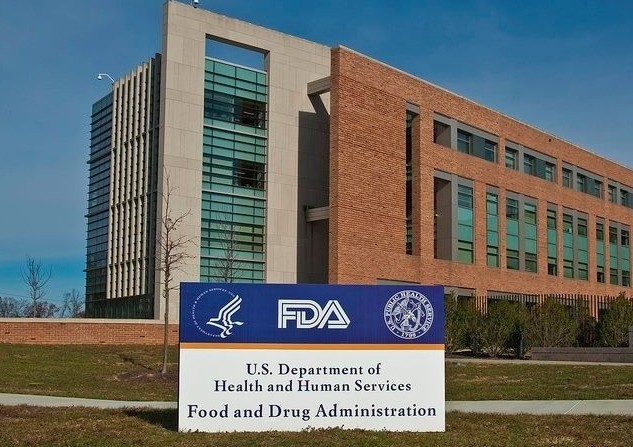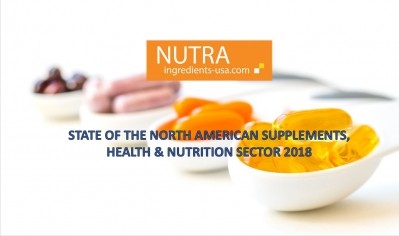AHPA notes steep drop in rate of NDI filings; reasons for decline remain murky

The American Herbal Products Association has been the keeper of the flame when it comes to delving into the New Dietary Ingredient data released by the Food and Drug Administration. AHPA periodically reports on NDI Notification trends. In the group’s most recent snapshot on the issue, a steep drop in the number of notifications was noted. The trend began in the middle of 2017 and seems to be continuing.
2017 broke the mold
Last year seems to have been exceptional in a couple of regards. AHPA noted that there was a spike in NDI submissions in the first half of 2017, with 50 notifications rolling into the agency. But the approval rate (or better put, the ‘no objection’ rate) was abysmal. Of the 50 submissions, only 11 were complete enough and of high enough technical quality to even be evaluated.
That turned the clock back to the way things were before 2006, when many submissions had obvious faults such as missing elements or an incomplete characterization of the ingredient in question. The development reversed a gradual trend AHPA had observed toward higher quality filings, with fewer dossiers being tossed out because of glaring technical errors.
Then came the steep drop in filings that happened in the second half of 2017. FDA recorded only three notifications in the second half of last year, and has made public no filings so far this year.
“With the exception of the first half of 2017 when a larger than usual number of notifications were reported and received by FDA, there were approximately fifteen to thirty notifications reported, recorded, received and assigned NDI notification numbers in each six month period over the last ten years. It is unknown why there was a significant drop for the last six month period and we are investigating causes for the decline,” Merle Zimmerman, PhD, AHPA’s chief information analyst told NutraIngredients-USA.
FDA: Our records are up to date
One obvious question to ask: Has FDA just fallen behind in posting the notifications? When queried, FDA spokeswoman Corinne Newhart said FDA’s records are up to date. She said the agency is not yet at the point of running up a red flag on the apparent change in the notification rate. Newhart also noted that notifications are not posted until 90 days after they are received, something to keep in mind when looking at the blank slate for 2018.
“The number of NDI Notifications submitted to the Agency during any given period fluctuates over time. This fluctuation can be seen on FDA’s website, where we list all of the publicly displayable notifications we have received. Because of month-to-month variations, annual statistics tend to be the most reliable indicator of trends. We have not observed a noteworthy drop in notifications per year over the past several years,” Newhart said.
Zimmerman said from AHPA’s point of view, the situation remains anomalous and outside of observed trends. Since the start of the process in 1995, FDA has received 1,047 NDI Notifications, which would seem to be a large enough sample size to make some sound statistical judgements.
“In the last ten calendar years, there were between 6 and 15 notifications filed without objection by the agency each year. In calendar year 2017 the agency reported 8 notifications filed without objection. Of the notifications which have been included in the information made available from FDA so far, from the second part of 2017, there do not seem to be any of the exceptionally poor quality which were seen during the initial months of the year,” Zimmerman said.
“So the number of notifications, especially poorly-crafted notifications, reported by the agency is inconsistent with past trends,” he said.
Companies still making basic errors
The anomalous statistical trend once again shines a spotlight on the jumbled nature of the process. There still seem to be too few companies that truly understand what is called for and how to submit a notification that will pass muster.
“It’s hard to determine trends in the rate of notifications that FDA accepts without comment because the number of NDI notifications received in the last half of 2017 is so inconsistent with previous years’ data. But what is consistent is that there continue to be some companies that clearly understand the process and submit thorough notifications and other companies that don’t seem to understand NDI requirements at all and so submit notifications of very poor quality,” said AHPA president Michael McGuffin.
The notification and approval rate are just one of the many questions hovering over the process. The NDI Draft Guidance is still in limbo, after thousands of pages of comments submitted and many hours of top level meetings between lawmakers, industry groups and FDA. AHPA has been among other observers who have suggested the process of finalizing the guidance might be bifurcated. Leave the big questions about chemical alteration, synthetic copies of natural ingredients and so forth aside and issue a final guidance on the notification process. This would help clarify exactly what form submissions should take and might also address the question of having master files of proprietary ingredient information.
Are me-too products partly to blame?
“The bigger trend is that the total number of NDIs both submitted and ultimately successfully notified still remains a low number,” said Loren Israelsen, president of the United Natural Products Alliance.
“Here at UNPA we have done four sit down seminars on NDIs over the years and this has come up every time,” he said.
Dan Fabricant, PhD, president of the Natural Products Alliance said he wonders if the me-too products movement has finally started to affect the rate of submissions.
“The biggest thing for us is the enforcement or lack thereof. FDA has said they want people submitting notifications, but if there is no enforcement tied to it, it doesn’t mean much,” he said.
“We have had members who have submitted only to have some other company come along with a cheaper product, maybe one made with lead in it, and try to claim it’s the same thing,” Fabricant said.
GRAS as an alternative
Many companies seem to have concluded that filing a GRAS notification, whether self affirmed or submitted to the agency, is a more clear-cut process. There are questions here, too, such as what being an ‘article of food’ means. But at least it provides some regulatory cover for new ingredients.
It’s unclear if that trend is depressing the NDI Notification rate. But it’s clear that companies are doing this, even if no one can say exactly how many.
“A lot of companies have gone the GRAS application route or may just be waiting on the sidelines to see what will happen. I don’t think the agency intended to push them in that direction. I know this is a matter of interest to FDA,” Israelsen said.
FDA’s full list of NDI Notifications can be viewed here.









